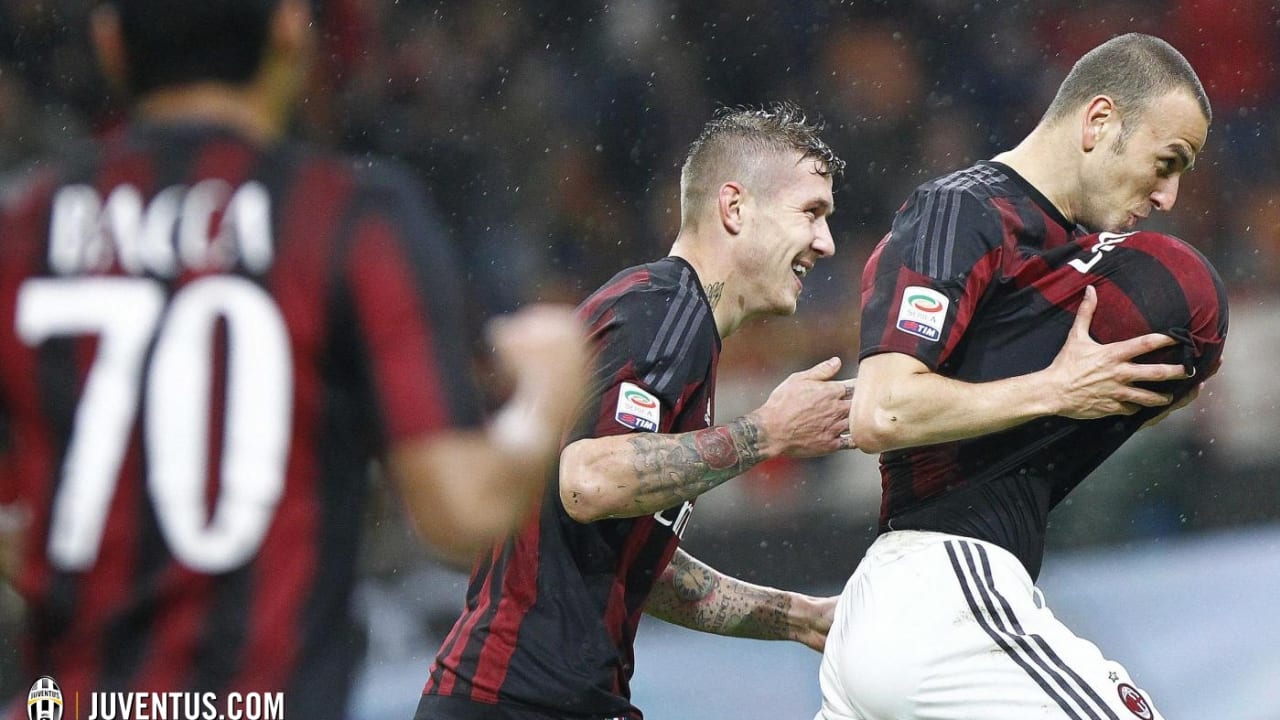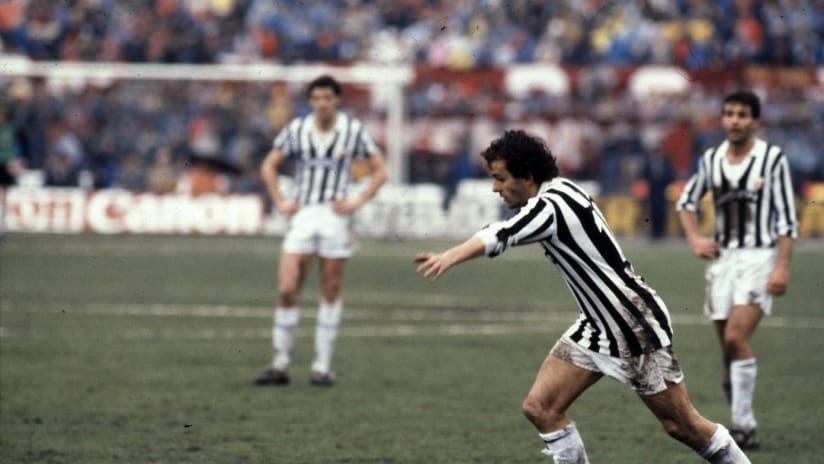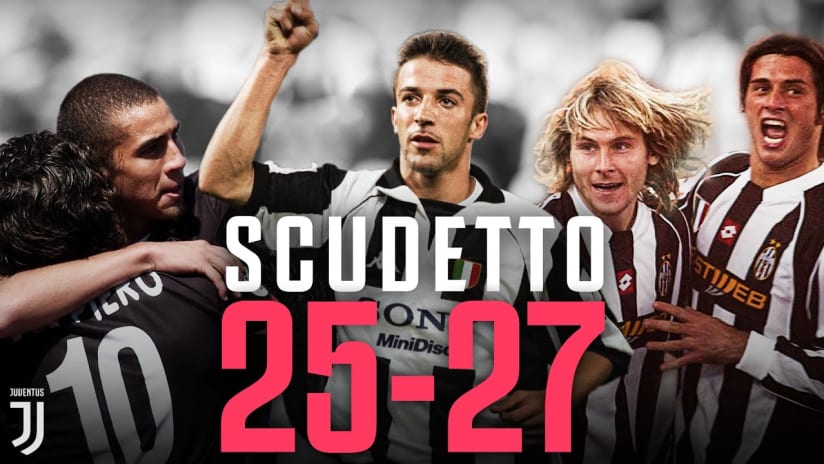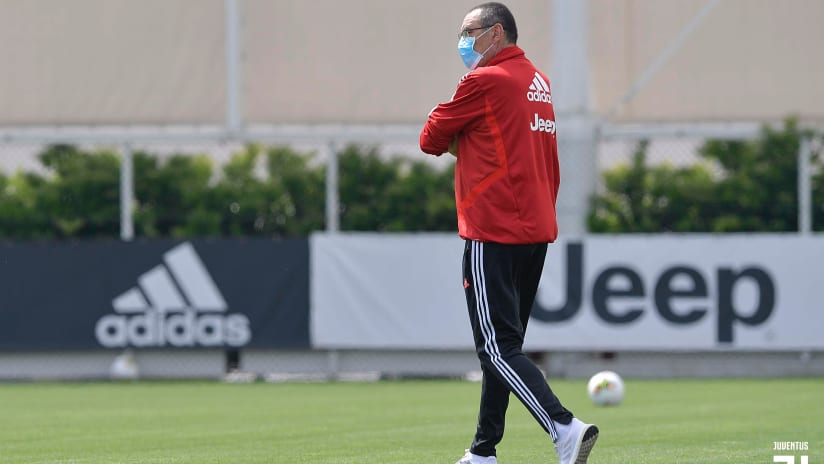20 November 2015
1) Made in England (in Italy)
If the Old Lady has England to thank for its symbolic colours, Milan owes its very existence to the country after being founded in 1899 by Nottingham-born lace-maker Herbert Kilpin and businessman Alfred Hughes, hailing from Shropshire. The latter became the first president of the club, known back then as Milan Foot-Ball and Cricket Club, and oversaw its maiden title in 1901. Kilpin, meanwhile, is credited with having exploited his expertise in the textiles industry to design the Rossoneri’s kit.
2) Super Swedes
After winning three Serie A titles between 1901 and 1907, Milan went an astonishing 44 years without lifting the trophy. Crucial to doing away with the tag of also-rans was the arrival of three Swedes in the summer of 1949: Nils Liedholm, Gunnar Gren and Gunnar Nordahl. The latter would go on to score a total 210 goals in the red and black and remains the club’s most prolific marksman of all time (third in Serie A history). Midfielder Liedholm was the longest-serving of the three, winning five Scudetti during his 12 campaigns as a player and two spells as manager in 1961-62 and 1964-66.
3) Dutch connection
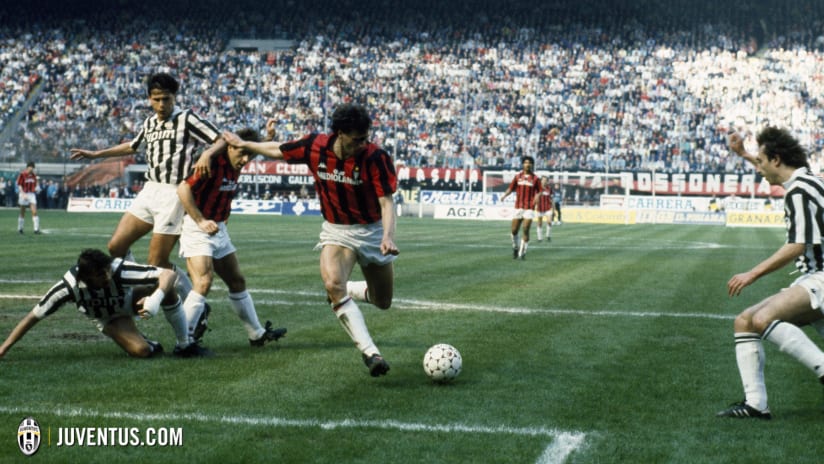
Following on from the Swedish successes of the 1950s, another trio of fellow countrymen were ruling the roost in the late 80s and early 90s under the stewardship of Arrigo Sacchi and later Fabio Capello. Ruud Gullit (1987-93), Marco van Basten (1987-95) and Frank Rijkaard (1988-93) all blossomed in what was another incredibly fruitful spell for the club, including four Serie A crowns, a quartet of Italian Super Cups, three Champions League titles and as many UEFA Super Cups, not to forget two Intercontinental Cups. Relations with the Netherlands have continued into this century with the likes of Clarence Seedorf, Patrick Kluivert, Edgar Davids and more recently Mark van Bommel and Nigel de Jong all representing the Rossoneri. Seedorf also had a short-lived stint at the helm in 2014.
4) Offshore success
Milan boast brilliant pedigree on the continent, as seven-time winners of the Champions League with only Real Madrid having lifted the coveted cup more often (10). Their exploits overseas have also seen them triumph in two UEFA Cups and five UEFA Super Cups. Meanwhile, on a global level, they sit joint-top amongst the teams to have won Intercontinental Cups (3) in addition to a FIFA Club World Cup sealed in 2007.
5) Managerial crossroads
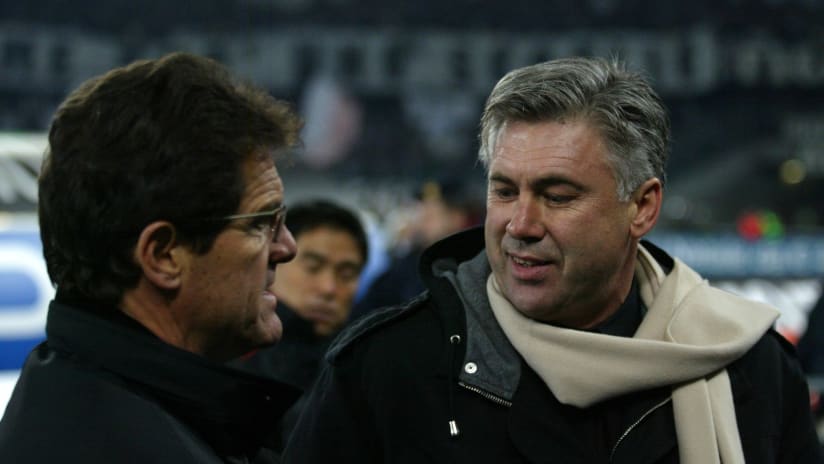
Many a manager has passed between Milan and Turin over the years. Fabio Capello won four Scudetti, three Italian Super Cups, a Champions League and a UEFA Super Cup across three spells with the Rossoneri before taking the reins at Juventus.
For Carlo Ancelotti, it was a case of travelling in the opposite direction, as his switch from the Bianconeri to Milan in 2001 saw the club win eight trophies in as many seasons, half of which on the continent (two Champions Leagues and an equal number of UEFA Super Cups).
Moving into the new decade, Massimiliano Allegri made an immediate impact upon his arrival at the Rossoneri, steering the side to a first league title in seven years in 2010/11 before scooping an Italian Super Cup the following campaign. Last season, the Tuscan tactician achieved the marvellous feat of winning a Scudetto at the first attempt with two different clubs and has since guided the Bianconeri to further success in the Coppa Italia and this summer’s Super Cup.
6) Winds or breezes of change?
Like the Bianconeri, Milan made wholesale changes to their side over the summer. Of the players that featured in February’s contest at Juventus Stadium, only two started the Rossoneri’s last outing against Atalanta on Saturday 7 November: Alessio Cerci and Andrea Poli, while Keisuke Honda came off the bench.
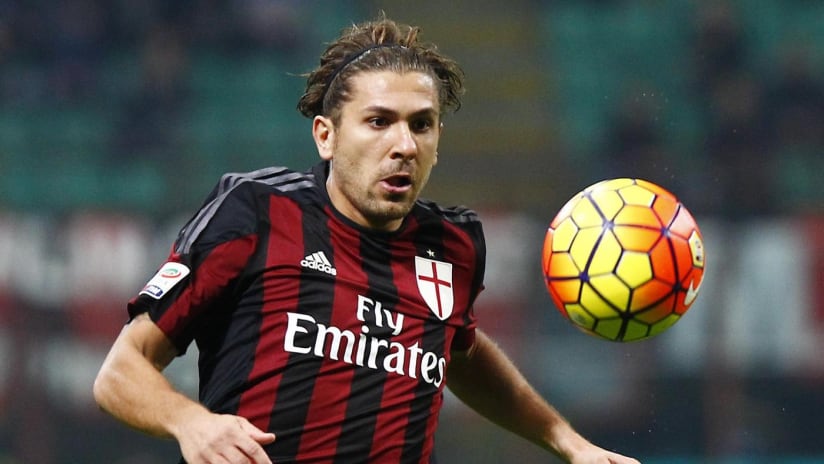
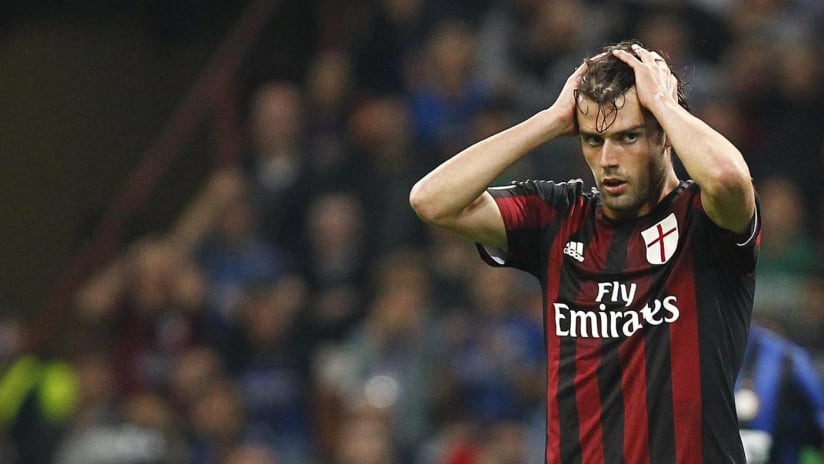
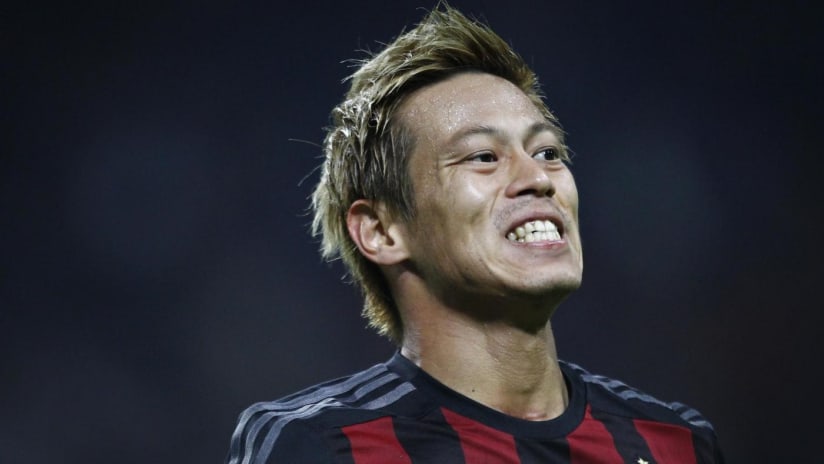
Perhaps even more importantly, this Saturday’s visitors in Turin also have a different manager in Sinisa Mihajlovic after the Serb replaced Filippo Inzaghi during the close-season. So far, however, there has been a somewhat negligible rise up the table, with the Rossoneri garnering two more points this season (20) than they managed after 12 matches of the previous campaign. The improvement also manifests itself in a marginally better league position of sixth, compared to last year’s seventh at this stage of 2014/15.
7) Let’s get clinical
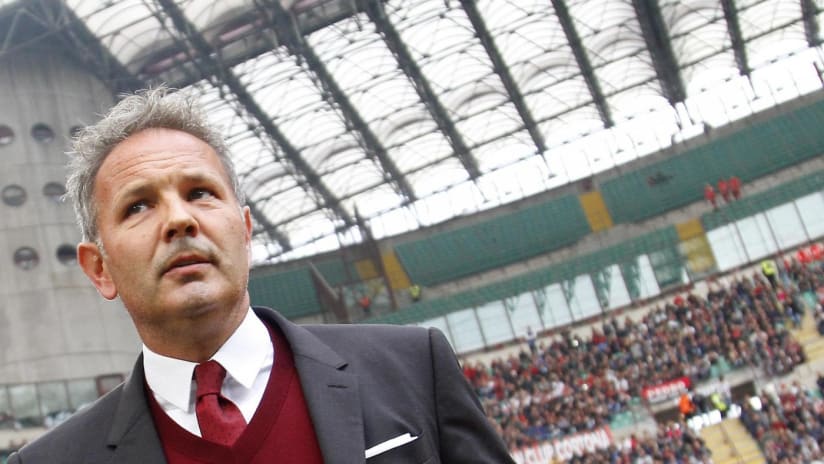
Mihajlovic is trying to make the side more efficient – something they have become in the final third, where they have netted 71 per cent of their clear goalscoring opportunities, second only to Genoa in this regard. On the downside, the Rossoneri have been considerably less potent in attack, notching just 15 goals this term, six fewer than they had managed after 12 matches last year. Meanwhile, their 33 per cent success rate of hitting the target represents the second-worst record in Serie A, this despite the six strikes of Carlos Bacca and as many assists by Giacomo Bonaventura. Jeremy Menez made a big contribution to Milan’s scoring charts, netting 16 times in Serie A, but the injured French forward has barely had a look in so far during 2015/16.
8) Half-time hoodoo
Of the 16 goals they have conceded so far this season, Milan have let in as many as six in the 15 minutes immediately after half-time. The Bianconeri, meanwhile, have scored four times during the same quarter of an hour and will look to take advantage of any recurrent lapses of concentration after the break.
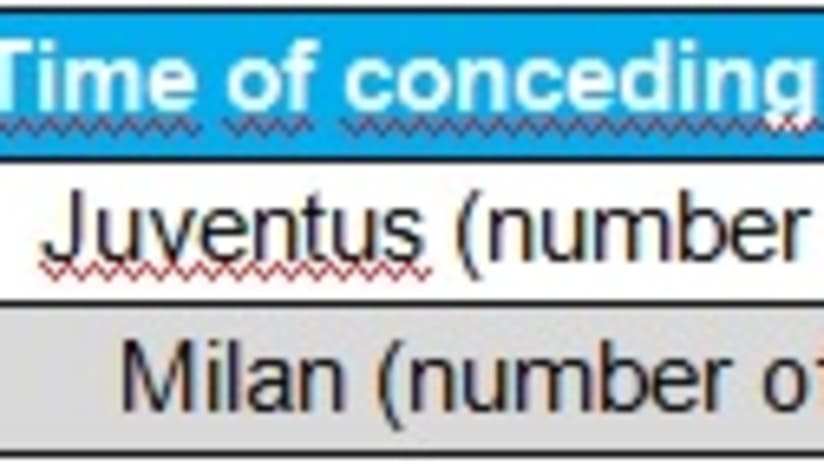
9) Points of no return
Mihajlovic’s men have lost all four matches in which they have fallen behind this season, three of which away from home. Fiorentina are the only other Serie A side to have not gained a single point from losing position in 2015/16.
10) A promising pair of hands
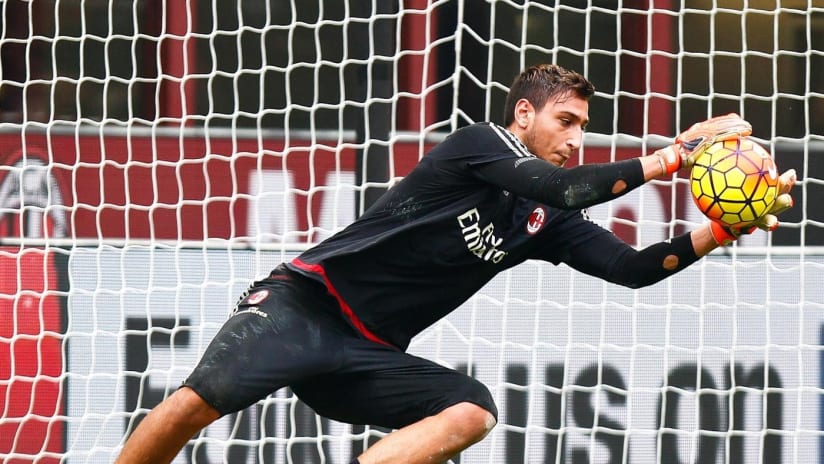
Gianluigi Donnarumma became the second youngest goalkeeper to play in Serie A at the tender age of 16 years and eight months during Milan’s last-gasp win over Sassuolo in October. The Italy Under 17 stopper has gone on to make a further three appearances in the red and black and currently boasts the second-best record between the sticks in the top flight this term with an 85 per cent save rate, putting him ever so marginally behind Inter’s Samir Handanovic (86).
P.S. Serie A’s youngest ever keeper remains Pescara’s Gianluca Pacchiarotti, who in 1980 played ten minutes away to Perugia aged 16 years and six months, but you probably knew that anyway...

